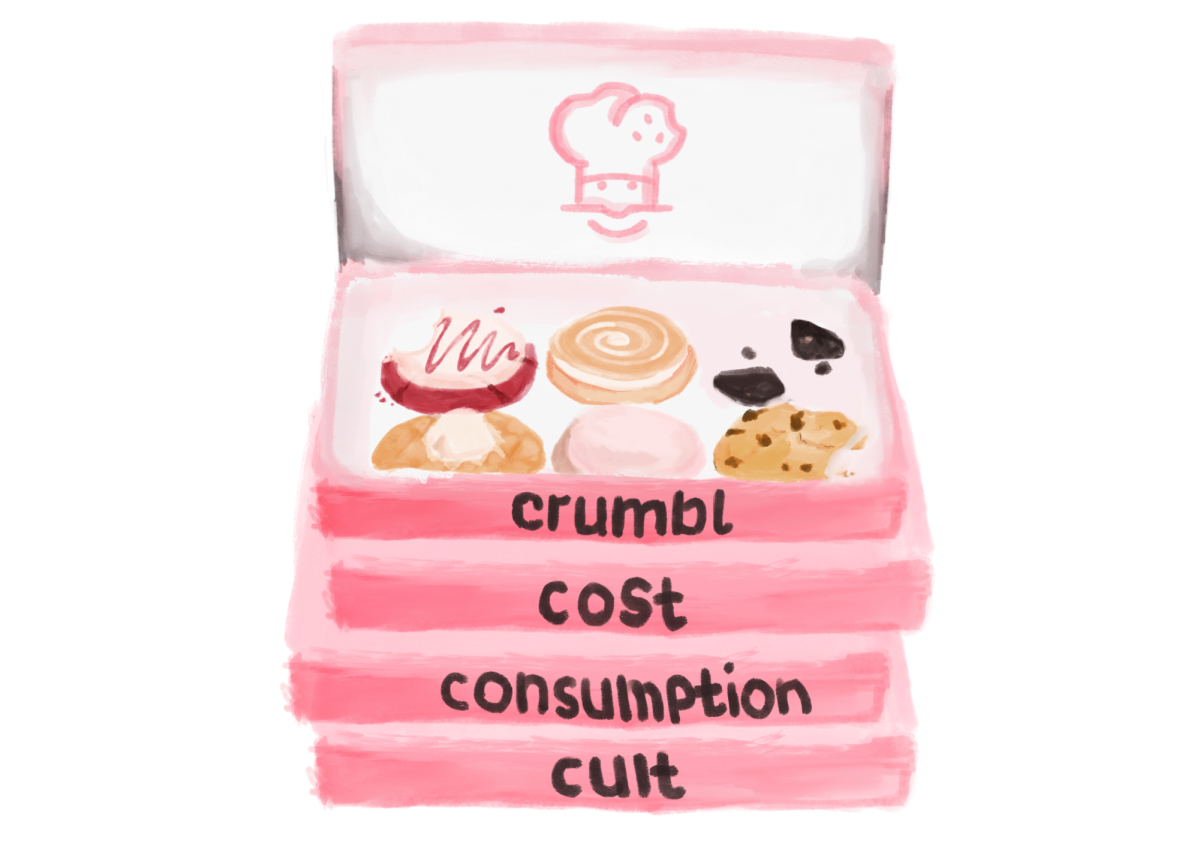Take a R.I.P.
December 3, 2019
The vaping epidemic is widespread and shows no signs of slowing. With attributed illnesses and deaths on the rise, we need answers, now.
Wanna hit this? Can I rip that? What flavor? These questions have become all too familiar in our generation. A common chemical substance, nicotine has been prevalent in our society since the 1800s and has remained popular to this day. Due to its addictive nature, over 34 million people smoke cigarettes in the U.S., and more than 16 million people have some smoking-related diseases. Unsurprisingly, nicotine is the leading preventable cause of death in the U.S. With cigarettes containing over 7,000 chemical compounds, such as arsenic, cyanide, lead, and nicotine, it is hard to think why people wouldn’t quit. The dangers of cigarettes are apparent, yet the chemical construct behind nicotine has imprisoned people with its addictive nature. Cigarettes have been around for more than 200 hundred years; one would think that there would be a method to help those with nicotine addictions, but there isn’t. Instead, there is an alternative to cigarettes, which is supposed to help people quit — e-cigarettes. However, adults are not the overwhelming majority indulging in this new fad; kids are. Over four million children under the age of 18 are using e-cigarettes. The point of creating the vape was to eliminate the harmful effects of cigarettes. So why are people so addicted to their vapes? And how did this addiction spread so quickly?
One of the most attractive aspects of Juuls, Suorins, and other vaping devices is their flavor selection. A consumer can choose from a variety of flavors like mint, bubblegum, mango, or cotton candy, most of which target a younger audience. While selling these devices to people under the age of 21 is prohibited in California, the youthful nature of the flavors encourages illegal activity. These fun scents make vaping a fun, tasty activity that doesn’t feel wrong at all. When we asked a junior if the flavors of vapes influenced their beginning of vaping, he said, “I didn’t think the flavors would affect me at all, but I was immediately hooked. They were just so satisfying.” Too many have fallen victim to vaping companies’ strategic marketing. Vape companies are saying that they are not targeting a younger crowd, but their flavors and colorful packaging beg to differ.
And yes, vaping was the “healthier” alternative, but instead of replacing those who smoked cigarettes, it captured the attention of younger generations. “It’s basically smoking, rebranded,” a student said. From then on, it was considered cool to vape.
But why? It was new, fresh, and exciting. It has tasty flavors and is portable. But above all else, it was rebellious. It’s safe to say that most kids in our generation have grown up with the stigma that smoking cigarettes are harmful. We have been able to see the effects it has on older generations, such as lung diseases and cancer, but we do not know the effects vaping has on our health — it’s too new.
Youth are being fed the lie that vaping does not have as severe effects as cigarettes and that it is “safe” to use. In a sense, we are becoming brainwashed. We believe what these big companies tell us so that we buy their products.
But most of our generation has turned a blind eye to the negative impacts vaping has on our health because it is considered cool. “I thought that if I vaped, I would look super edgy, so I tried it once and loved the way it felt. It wasn’t the actual act of vaping that made me happy; it was the feeling and persona it gave me. I felt rebellious and independent. It was liberating,” a high- school student said.
Vaping has skyrocketed, and while we weren’t able to see the effects vaping had on our health in the past, the truth is starting to uncover itself. It seems that every day, another victim falls to the vaping epidemic. The news is full of stories of people whose lungs collapsed or are in a coma because of vaping. There are 480,000 deaths per year from cigarettes, and this year there have been 450 deaths from vaping. Despite the news coverage and deaths occurring from vaping, users continue to abuse the substances. “Vaping is considered to be cool, and if you don’t vape, people think you are weird,” a student shared. Peer pressure and fear of rejection coerce innocent kids into vaping.
And why do we continue? The answer is simple: we are addicted
A junior explains, “The stress of being a member of this generation tasked with saving the world while simultaneously burdened by technology fuels a lot of anxiety in youth, so maybe it is a way to cope.” Facts aside, the nuance of this craze keeps us in the dark. We truthfully don’t know the full long-term effects of vaping. But, if we were to infer based on all given information, the future for habitual vapers does not look good. So how do we get rid of the problem?
A senior admits, “I also don’t think there is an easy answer for a fix to this problem. A reliance on nicotine is so ingrained in our society that something that uses it will undoubtedly pop up in each generation.” Vaping is difficult to get rid of entirely, we need to put our focus on minimizing it. Staying updated and acquiring knowledge of the topic is a great way to understand its drastic effects. The social clout draws one in, the flavors keep it interesting and the addiction makes it impossible to stop. By educating ourselves, we could potentially cease such a high rate of collapsed lungs.
There have to be solutions to minimize the casualties and keep society responsibly healthy.




































